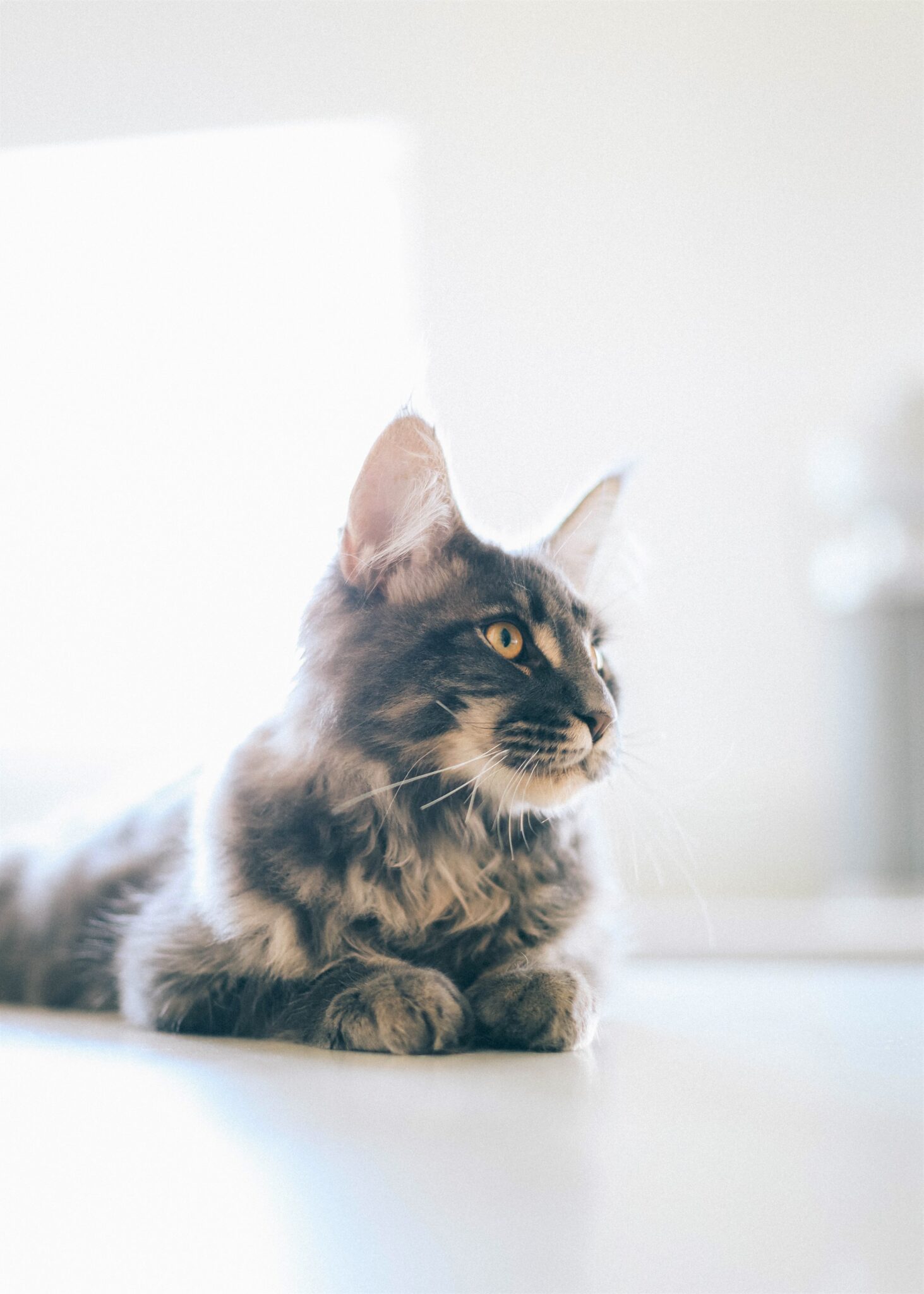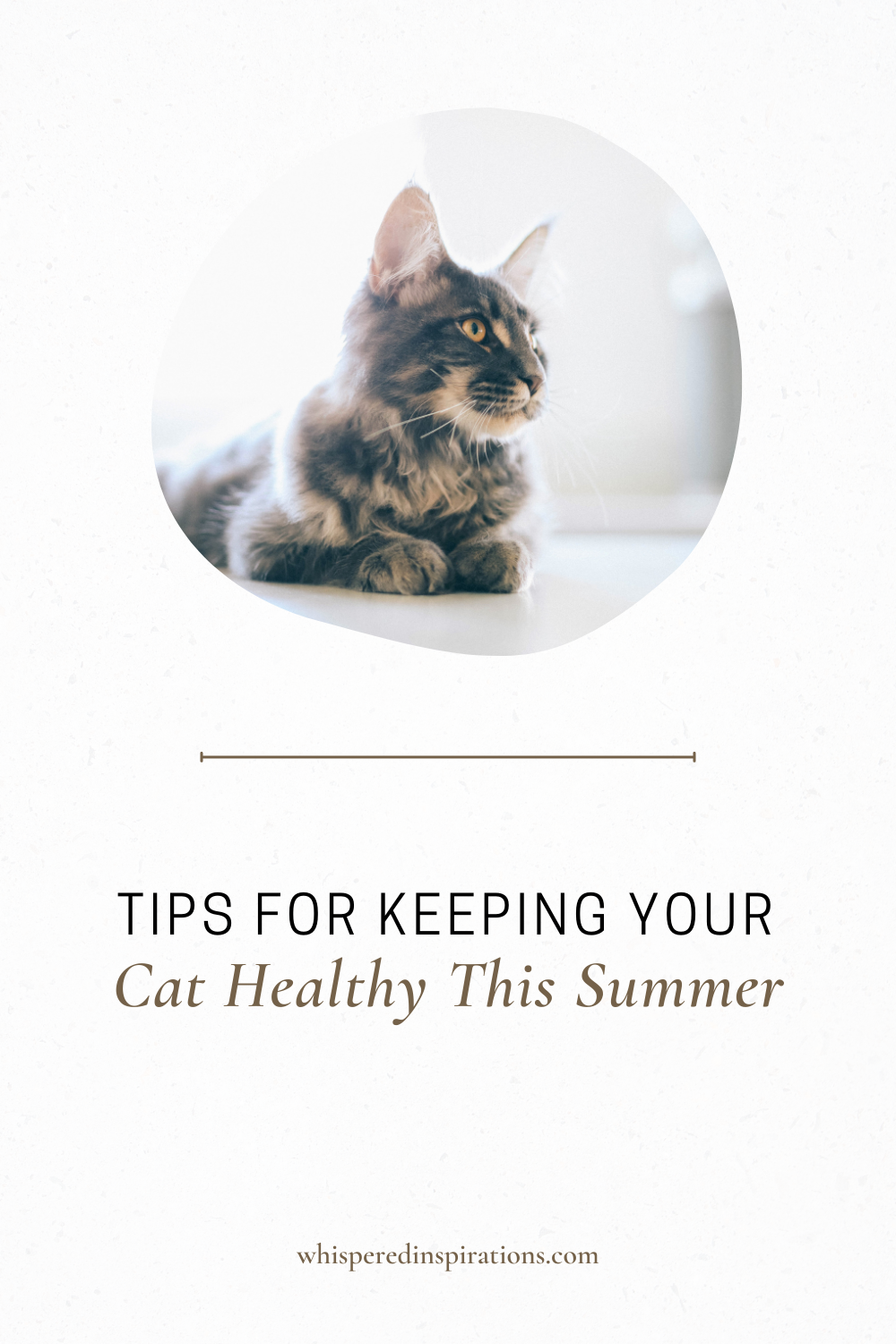Tips for Keeping Your Cat Safe This Summer

Tips for Keeping Your Cat Safe This Summer
With summer upon us, we look forward to long lazy days in the sunshine, enjoying the great outdoors.
Your cat might feel the same way after being cooped up in your house during winter.
Cat owners tend to worry more about their cats being exposed to cold weather. They do not always consider what intense summer heat might mean for a feline.
Like all creatures, different weather patterns have implications for felines. Here are some and what you should know about them:
Additional Injuries
As cats venture outside to explore the garden again, they begin climbing trees, leaping up walls, and discovering new and exciting things around them.
Cats are very agile animals, but even their joints can be damaged by excessive strain.
In addition, as cats age, their joints tend to deteriorate, compromising their mobility. Most vets recommend natural joint supplements for cats to keep their joints healthy, thereby reducing damage and infirmity during their senior years.
Nowadays, like VetriScience, Nutri Vet, and Scruffy Paws Nutrition, many brands have a wide variety of such supplements to offer to their customers. Both of which are of high quality and affordable to buy.
Expect a few more mishaps during summertime as curiosity gets the better of your cat. If you suspect that the cat has sustained an injury from a jump or fall, consult your vet.
It is the only way to know if there is an internal injury that should be treated. Rather be safe than sorry and have your feline checked out by a professional.
An injured cat will struggle with movement, show obvious signs of distress, and be in discomfort.
Heatstroke
Cats that spend most of their time outside during the summer months are more susceptible to heatstroke.
A cat’s body temperature rises during a heatstroke episode, and the body cannot regulate it. A mammal’s body controls its body temperature by dissipating excess heat.
When a cat has overexercised, becomes anxious, or is exposed to fiery temperatures, heat stroke sets in.
Cats can only control the dissipation of excess heat through panting or sweating through their footpads.
If you notice your cat becoming lethargic, panting constantly, or dribbling, excessive heat might be causing it. Put the cat in a cooler environment, dampen its coat, and call your vet.
Heatstroke can lead to body organs shutting down and makes dehydration an increased inevitability.
Dehydration
Excessive heat requires additional liquid intake for cats. Most felines do not spend much time at a water bowl lapping it up like their canine counterparts.
Instead, they get their liquid intake from their food. Dry foods contain the least water content, while moist cat food has the most.
Ensure that your cat has access to a supply of freshwater by having water bowls inside and outside. You could also consider feeding it more moist food to up its fluid intake.
Dehydration in felines sets in quickly and can have devastating consequences. Look for a dry, scaly nose, loss of energy, and deep sleep that you struggle to wake the cat from.
If you suspect your cat is dehydrated, rush them to a vet for an IV saline treatment. Trying to force the cat to drink more water is not a solution, and emergency medical intervention is necessary.
Keep Track of Your Cat
As mentioned before, cats are adventurous animals and can get into a bit of trouble with little effort. Many cats develop heatstroke and dehydration because they get locked in somewhere. For example, in a toolshed.
They may have snuck in while you were looking for a spade and got stuck there when you closed and locked the door. A similar scenario could play out in a car.
To avoid the heartbreak of losing a cat to this kind of misadventure, keep track of your kitty. If you know where it is, then you should not have a problem.
But if things get a little too quiet, and there is no sign of your feline, go and check that it has not got locked in or trapped.
Most experienced cat owners recommend a bell attached to your cat’s collar as it gives an audible warning of the feline’s presence.
Skin Cancer
Paler cats are prone to sunburn, specifically on their ears, noses, and other sparsely-haired areas, such as the groin.
Sun damage may lead to skin cancer. Treatment and surgeries for this condition are expensive, and some have permanent aftereffects, such as amputations.
If you notice vulnerable skin areas becoming dry and flaky, visit a veterinarian for advice.
For those feline owners worried about too much sun exposure, keep your cat indoors during the hottest portion of the day, which is typically from 10 am to 3 pm.
You May Also Like:
- 6 Pet-Friendly Furniture Ideas For Your Home
- How To Improve Your Home’s Curb Appeal
- The Top Things That Are Necessary for a Sustainable Life
- How To Maximize the Benefits of Rural Living
Then, let your cat out in the early morning and evening as temperatures are cooler and the sun’s rays are less fierce.
You should also ask your vet about your sunblock options. Some pet care brands have sun cream ranges.
Alternatively, use a non-toxic sunblock for humans. Apply sunblock liberally to vulnerable areas before allowing your cat outside in the sun.
Do you have any tips for keeping your cat safe this summer?
-Dr. Drayman
PIN FOR LATER:

I am a retired GP that is passionate about health, parenting, and helping others. I am a grandparent to 3 amazing little boys and mama to 2 incredible women.







